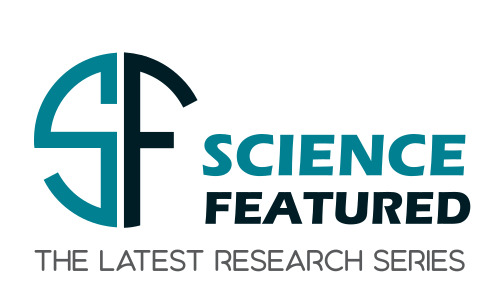Understanding and predicting how chemicals from packaging and medical device materials distribute and migrate in the pharmaceutical and medical device industries is essential for ensuring product safety and effectiveness. A new study by Dr. Jianwei Li from Chemical Characterization Solutions, LLC, published in the peer-reviewed journal Journal of Chromatography Open, explores how Abraham’s solvation parameter model, a mathematical approach used to predict how different chemical compounds dissolve and distribute in various environments, can be used in extractables and leachables studies. These studies examine chemicals that might migrate from packaging or medical devices into pharmaceuticals or the body. This model provides a structured approach to predicting how chemicals distribute in different materials, improving the accuracy and reliability of safety assessments.
Dr. Li’s study focuses on applying this model to critical aspects of extractables and leachables studies, including selecting the right solvents, determining how materials interact with different chemicals, developing test solvents that simulate real drug products, and predicting how chemicals behave in laboratory analysis. “By systematically using Abraham’s model, we can identify equivalent solvents, anticipate how materials interact with chemicals, and enhance risk evaluations,” he explains. The study serves as a practical guide for improving testing procedures, making regulatory compliance smoother and ensuring that product safety assessments are more consistent.
The research highlights that choosing the right solvent is a key factor in extractables and leachables studies. The type of solvent used affects how much of a chemical is extracted and how the analysis is conducted. By using the model, scientists can select equivalent solvents based on their properties, preventing excessive or unnecessary extractions. The study also underscores how solvent polarity, a measure of how well a liquid can dissolve different substances based on its molecular properties, can help mimic real-world biological conditions, leading to more accurate assessments of potential risks.
A particularly useful application discussed in the study is the creation of drug product simulating solvents. Instead of selecting test solvents randomly, the model provides a scientific method for identifying ones that closely match the behavior of real pharmaceutical formulations. “This approach reduces inconsistencies and improves the reliability of extractables and leachables testing,” Dr. Li notes, emphasizing the model’s role in making studies more dependable and reproducible.
The study also explains how the solvation parameter model helps scientists understand how powerful different solvents are at extracting chemicals from medical device materials. By considering factors that affect both chemical interactions and how substances move through materials, the model helps in choosing the best testing conditions to generate reliable data for safety reviews. Additionally, it extends to predicting how chemicals will behave during laboratory tests, making it easier to identify and measure extractable substances in complex mixtures.
Dr. Li’s research offers valuable insights for scientists and professionals involved in pharmaceutical and medical device safety testing. By applying Abraham’s solvation parameter model, extractables and leachables studies can be conducted with greater precision, ultimately leading to safer and more reliable medical products for consumers.
Journal Reference
Li, J. “Application of Abraham’s Solvation Parameter Model to Extractables and Leachables Studies in Pharmaceutical and Medical Device Industries: A Tutorial.” Journal of Chromatography Open, 2024. DOI: https://doi.org/10.1016/j.jcoa.2024.100158
About the Author

Dr. Jianwei Li is currently the principal E&L (or extractables and leachables) and chemical analysis consultant on medical devices, and technical writer at Chemical Characterization Solutions LLC. He worked at Medtronic for 17 years as a technical fellow and subject matter expert in the chemical characterization of medical devices, including implantable medical devices and drug-device combination products. Over the course of his 30-year academic and industry career, he has published extensively in analytical chemistry with over fifty publications, eleven of which were devoted to the chemical characterization of medical devices over the last four years. He is regularly invited to present on chemical analysis of medical devices at international conferences. He also served as frequent scientific reviewers for over ten international journals.
He received his PhD in analytical chemistry from Purdue University and did his postdoctoral research at the University of Minnesota.













































